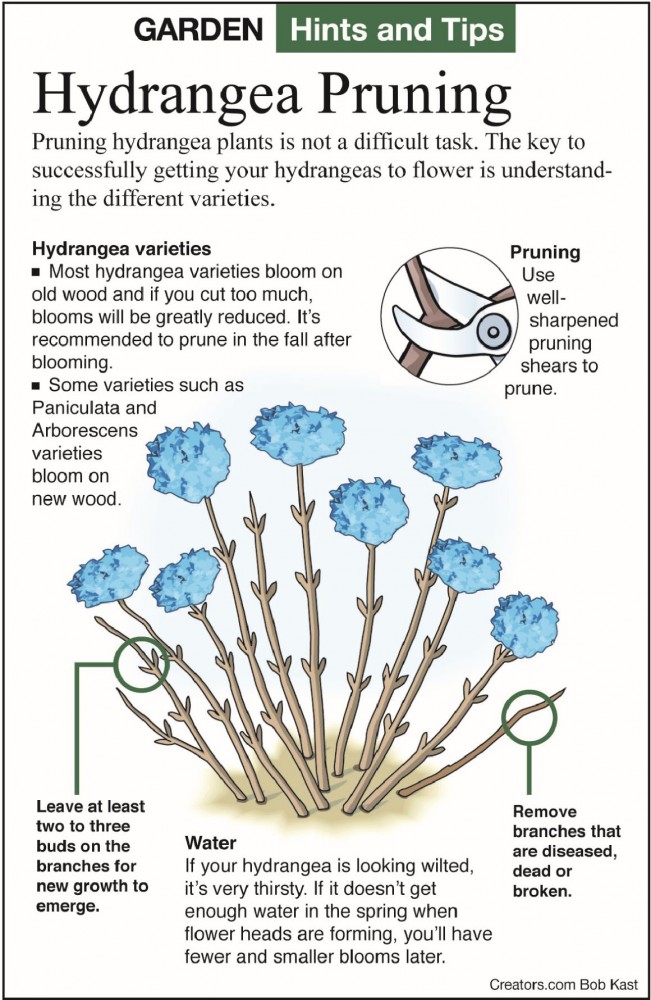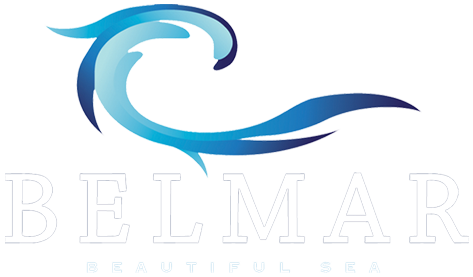Educational Information
Checking Tree Health and Safety
The Belmar Shade Tree Commission reminds property owners that tree health can be difficult to determine, but checking your tree yearly may help you notice problems as they appear. Even healthy trees can fall down. A tree may be green and lush, but that does not guarantee that it is structurally safe. Inspect trees any time, but especially after storms. Examine the crown, branches, trunk and area around the roots for these common dangers: Broken, dead or hanging branches; Cracks, fungi and cavities; Weak trunk or branch unions; Encircling root compressing the trunk (a flat-sided trunk at the ground level is a good indicator); Recent lean, especially if the soil or grass has lifted on one side. See these examples below – if your trees have similar problems, we suggestconsulting a professional. Pruning can be dangerous work, but it can encourage trees to develop a strong structure and reduce the likelihood of damage during severe weather. Winter is the best time to prune because branches are easy to see, diseases cannot spread, and there is minimal stress on the tree. Never prune trees within 10’ of utility lines; instead contact the local utility company. If pruning cannot be done with both feet on the ground or if power tools are required, hire an arborist. When hiring a professional to assess your tree, look for a New Jersey licensed tree expert with proof of insurance. Remember that a $10 permit application is required for pruning or removing trees in the planting strip between the sidewalk and curb. Permits are available at Borough Hall and at the Forms and Applications link onwww.Belmar.com. For more information, see the Tree Owners Manual
(click to read article)
Home Owner Tree Care and Safety Information
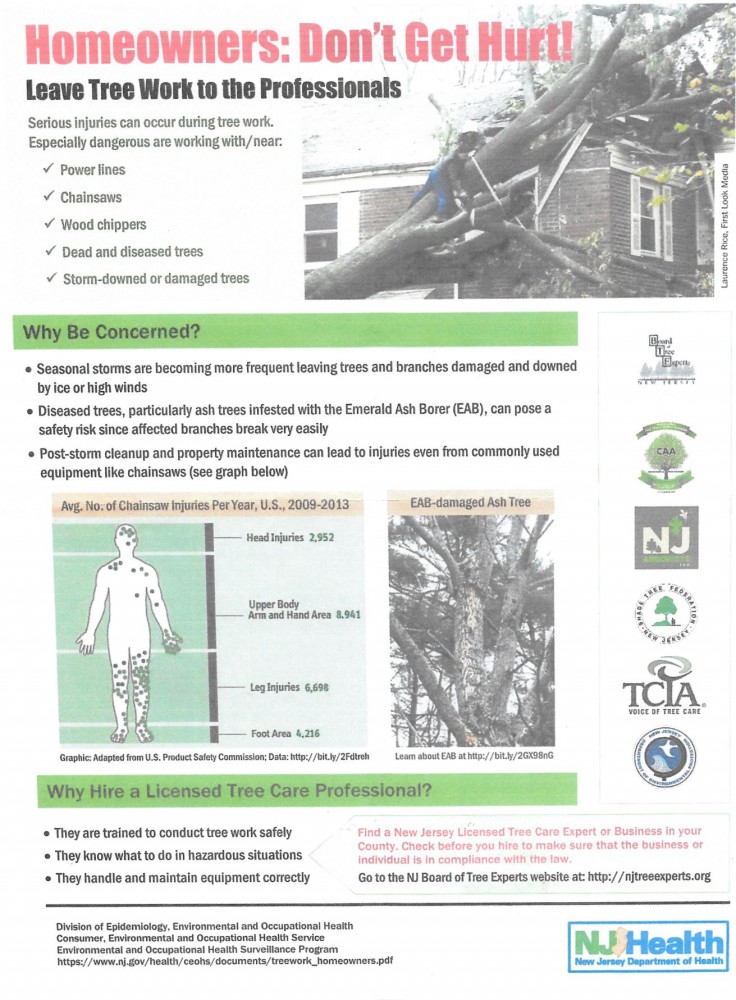
Winter Potted Tree Protection
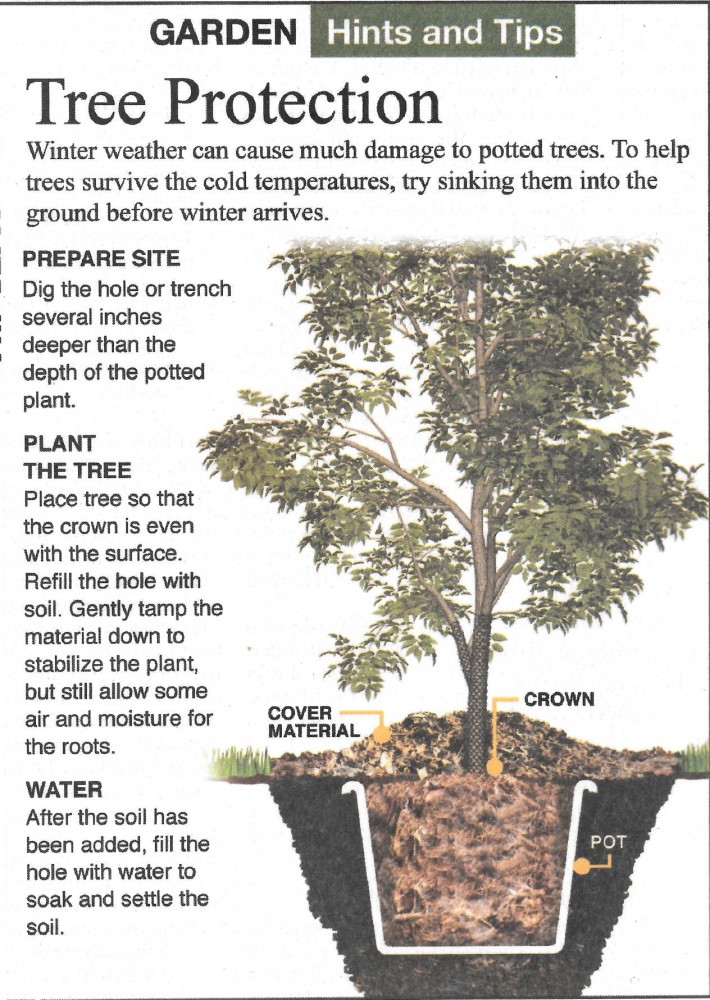
General Tree Protection
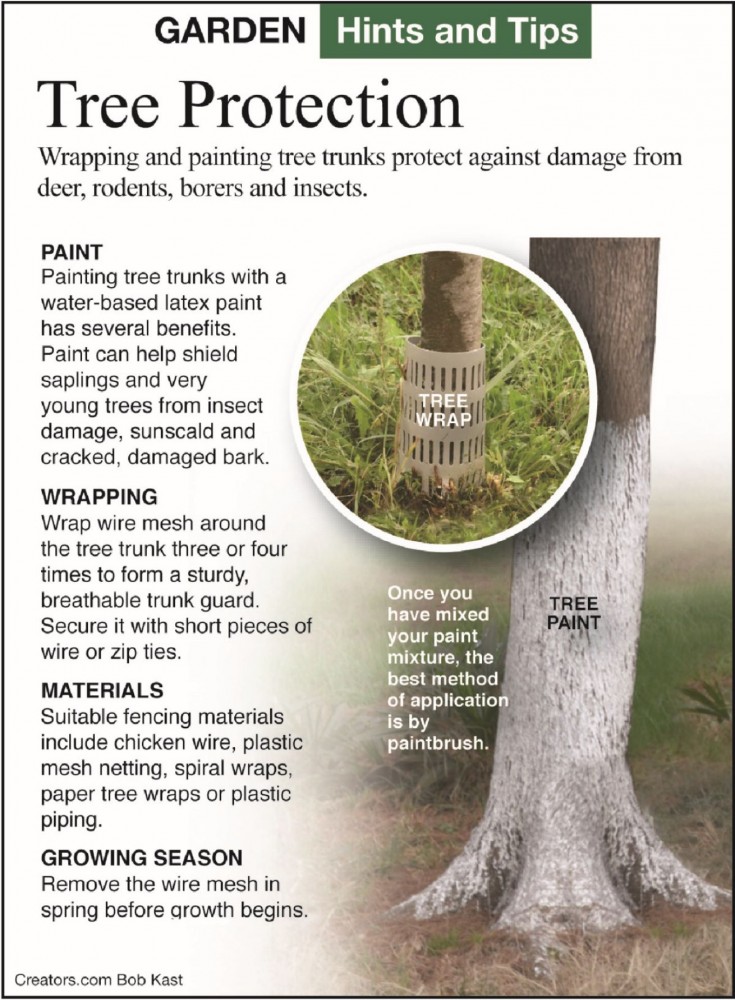
Tree Pruning Basics
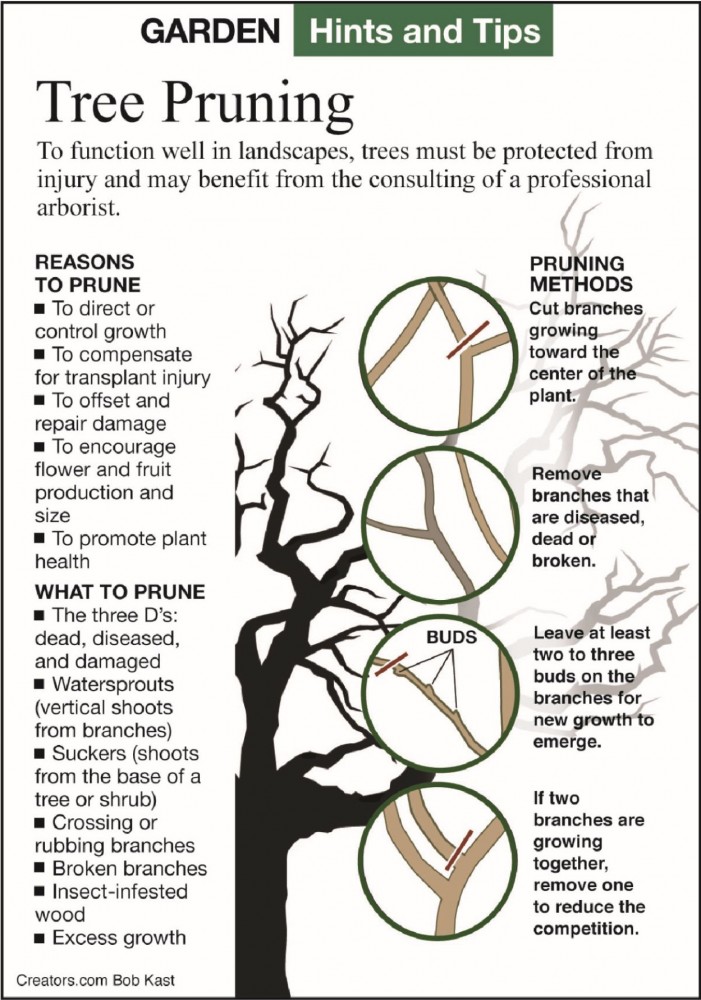
Tree Planting: How to
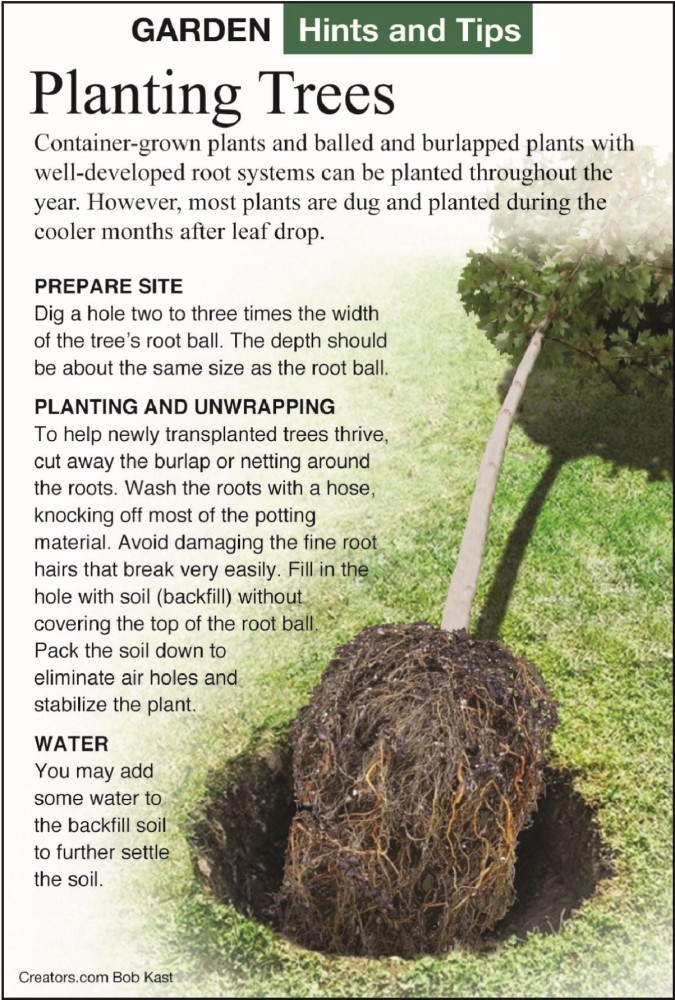
Tree Diseases
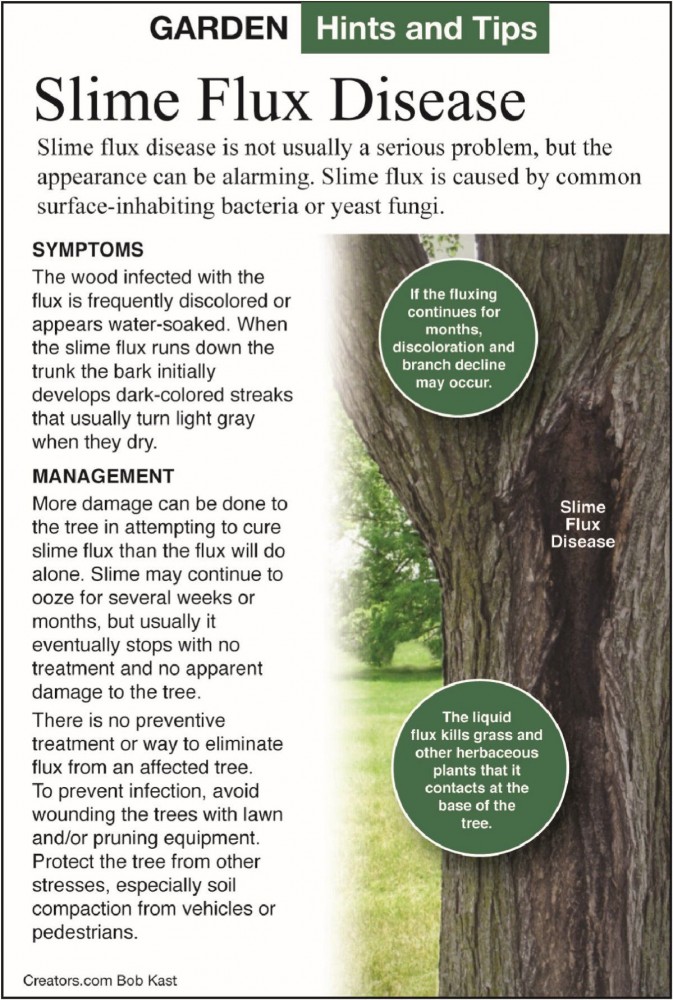
Tree Selection
(all tree types must adhere to Belmar Recommended Tree List)
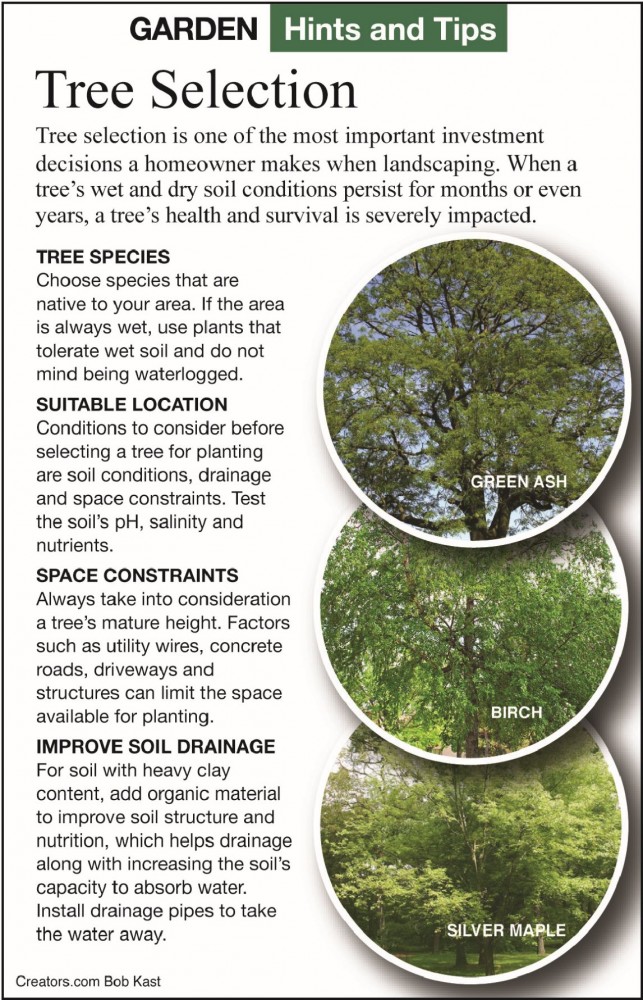
Identifying Poisonous Plants
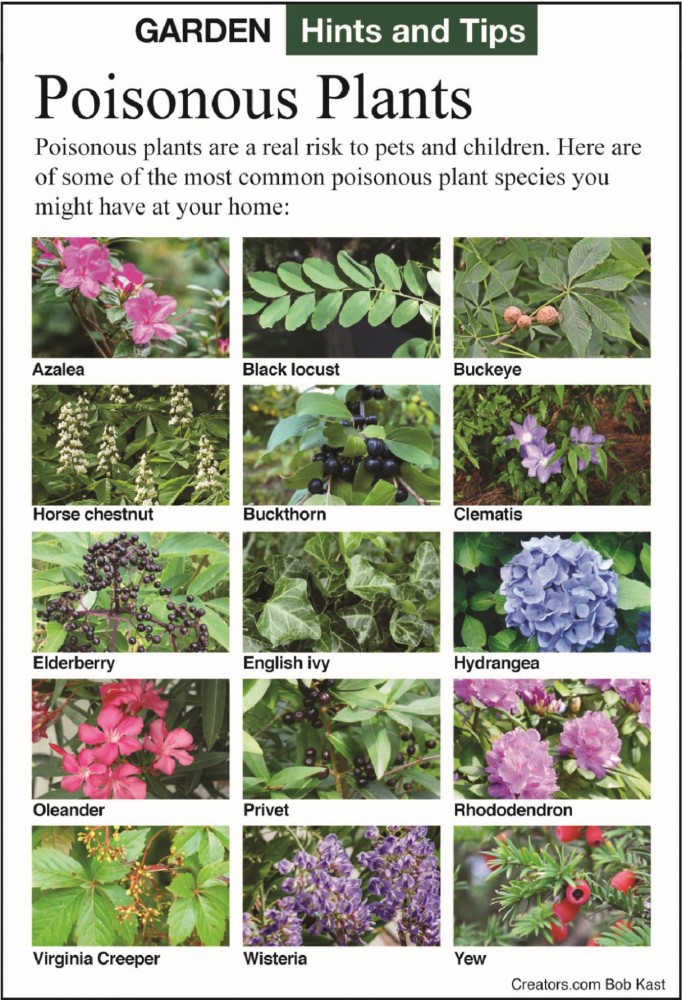
Spotted Lantern Fly
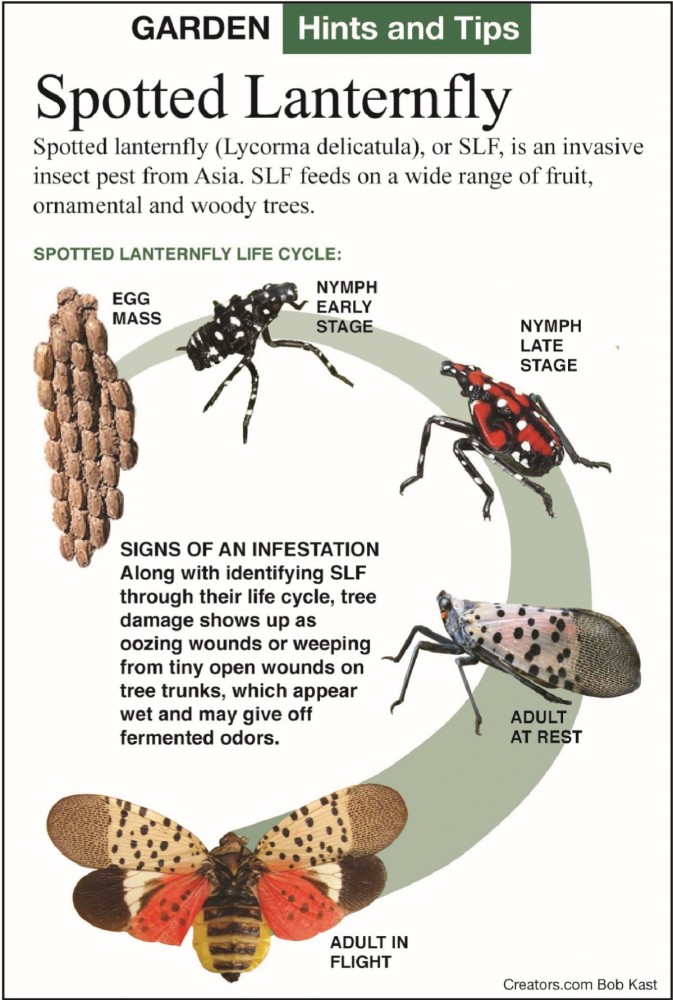
Bigleaf Hydrangea
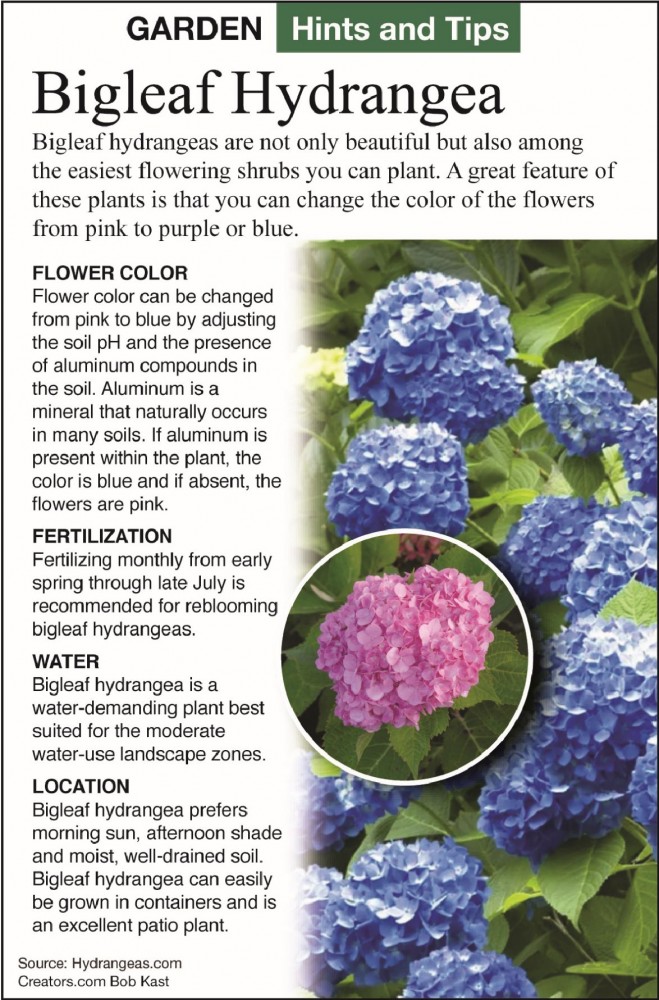
Hydrangea Pruning
